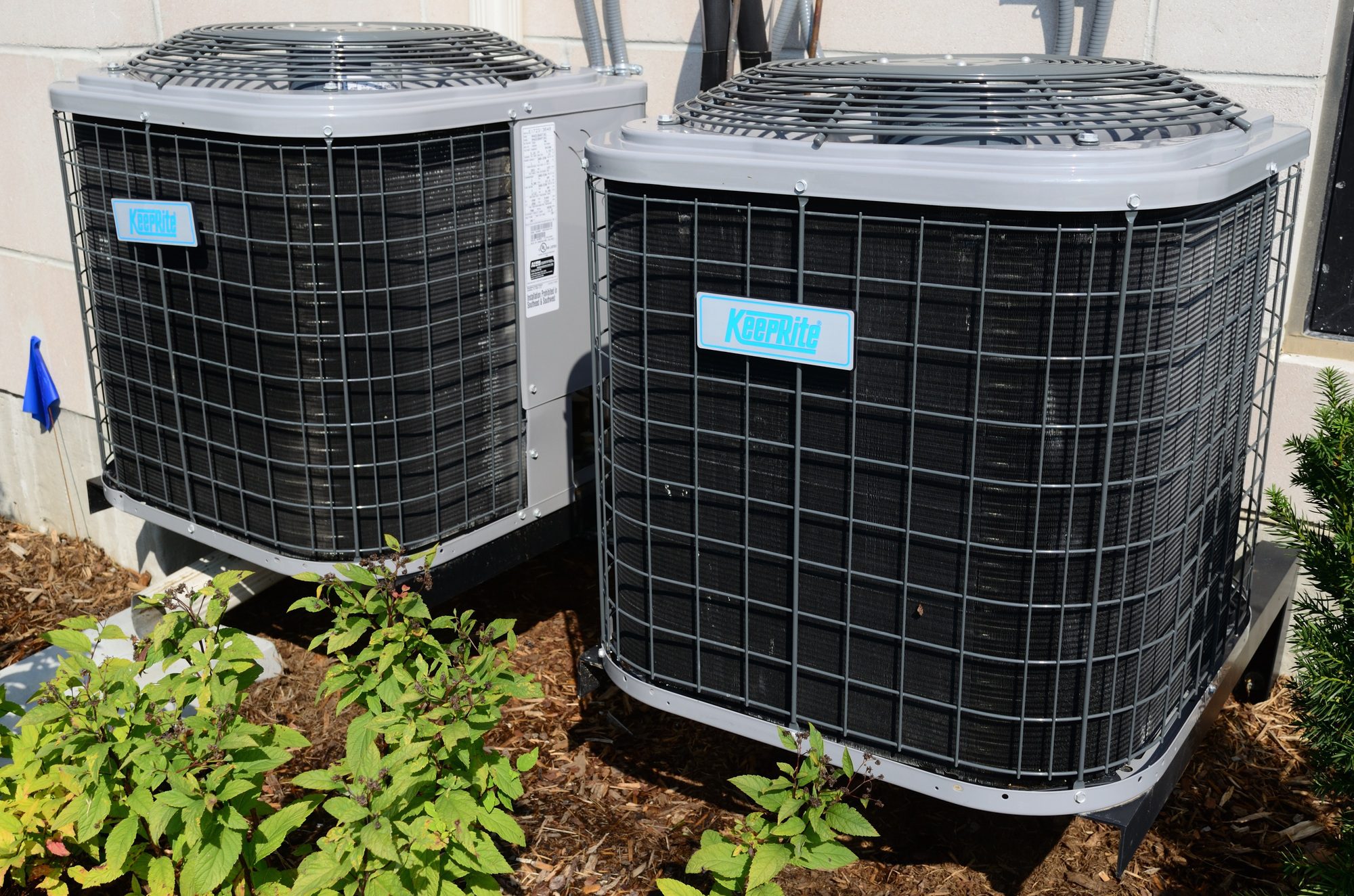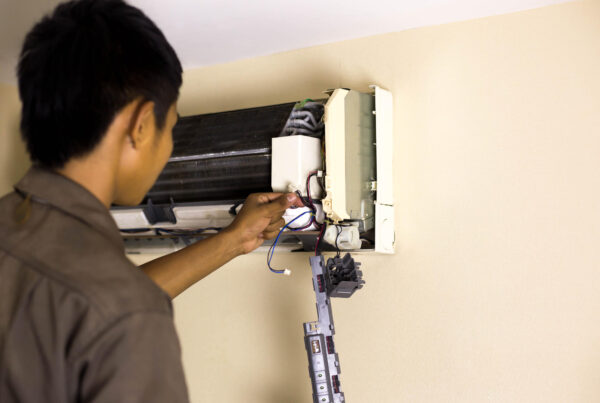Your heating and cooling bill is your biggest utility expense. Most American families spend over $2,200 a year on their energy bill.
If you’re using an old system, you might be spending even more.
Why?
Older HVAC systems suck up more energy to heat or cool your house. That means they also suck more money out of your bank account.
If your HVAC unit is reaching the 10-year mark, it might be time for a Kingwood heating & cooling replacement.
Keep reading to learn what you can expect during this process.
What to Expect During a Kingwood Heating & Cooling Replacement
If you’re not sure what to expect from your heating or cooling replacement, you could end up facing unexpected repairs and additional expenses.
We’ve put together this quick guide to help you understand what will happen before, during, and after the replacement process.
So check out these five things you need to know below.
1. Picking the Right Kind of Heating and Cooling System
When it comes to HVAC systems, one size doesn’t fit all.
The type and size of heating and cooling system you need will depend on how big your home is and what climate you live in. Your HVAC professional will know what system will work best for your home.
But it’s good to have a general idea of what to expect before the replacement day.
Here’s a quick breakdown of different HVAC and house sizes:
- 1.5 ton HVAC system — 600 to 1100 sq. ft. home
- 2 ton HVAC system — 900 to 1400 sq. ft. home
- 2.5 ton HVAC system — 1200 to 1650 sq. ft. home
- 3 ton HVAC system — 1500 to 2100 sq. ft. home
- 3.5 ton HVAC system — 1800 to 2300 sq. ft. home
- 4 ton HVAC system — 2100 to 2700 sq. ft. home
- 5 ton HVAC system — 2400 to 3300 sq. ft. home
Doing your own research before the replacement will make sure you don’t buy a heating or cooling system that’s too big or small for your home.
Does the size really matter in the long run?
Yes.
If you buy a system that’s too big for your home, you’ll have to dish out extra money. Not only that, an HVAC system that’s too large for your home isn’t energy efficient, meaning your monthly energy bill will go up.
Your energy bill can also go up if the system is too small. It will have to work harder to cool or warm the entire house, and you might have to deal with uncomfortable temperatures.
2. Calculating the Replacement Cost
Before you talk to your HVAC professional about price, make sure they come out to look at your property in person.
Why?
Your HVAC professional will need to measure the square footage of your home and make load calculations based on the size, climate, and condition of your house. Don’t trust a professional who gives you a price without doing these steps.
Once they look at your property, your HVAC professional will be able to recommend a size and type of a new heating and cooling system and tell you how much it will cost.
Depending on your home, your heating and cooling replacement might require some additional work. If your ductwork is old or worn out, you might need to repair or install new ductwork. In some cases, things like the exterior envelop, crawl space insulation, and window sealing may need repairs as well.
But again, this depends on your house. Be sure to talk to your HVAC professional about any extra repairs that will affect the overall cost.
3. Getting Ready for the Replacement
If your HVAC replacement is like most other installations, it will be finished within a day. If you’re installing advances additions or if your replacement needs a bit of extra work, the process might take two days.
But there are several things you can do to prepare your home so the job gets done faster.
Clear any breakable or expensive items out of the room the HVAC contractor will be working in. You should also consider moving large furniture that might get in the way. And put your pets in a secluded, quiet area of the home.
This will allow the HVAC crew to get started as soon as they arrive.
If you can’t move your furniture on your own, the HVAC crew will do it for you when they arrive. They’ll also lay drop clothes over the floor to protect it from any damage.
4. The Replacement Process
To start, your HVAC contractor will shut off the power to your heating and cooling system.
If your ductwork needs any repairs, your contractor will start their first. Once that’s finished, they’ll begin to install the new HVAC system. This might include installing equipment both inside and outside, depending on the type of unit you need.
Your HVAC contractor might uncover some additional repairs during the installation. For example, they might find rotten wall studs that need to be replaced or unsafe electrical work that needs to be updated.
Make sure you have some wiggle room in your budget to account for these types of repairs.
5. The Final Check
After installing your new heating and cooling system, your HVAC contractor will perform a final check.
They’ll take pressure and vacuum tests before adding the refrigerant. Then they’ll give the system a quick inspection and retest it to make sure everything is working the way it should.
Your HVAC contractor will also talk to you about the proper maintenance and operation of the new system. If you have any final questions about the system or the warranty, make sure you ask them.
This will allow you to understand your new system properly.
Do You Need a Kingwood Heating & Cooling Replacement?
Knowing what to expect during a Kingwood heating & cooling replacement will help you avoid unexpected costs. It will also make sure you understand your new system so you can get the most out of it.
Are you getting reading to replace your heating or cooling system?
Make sure you click here to take a look at some of our services.





